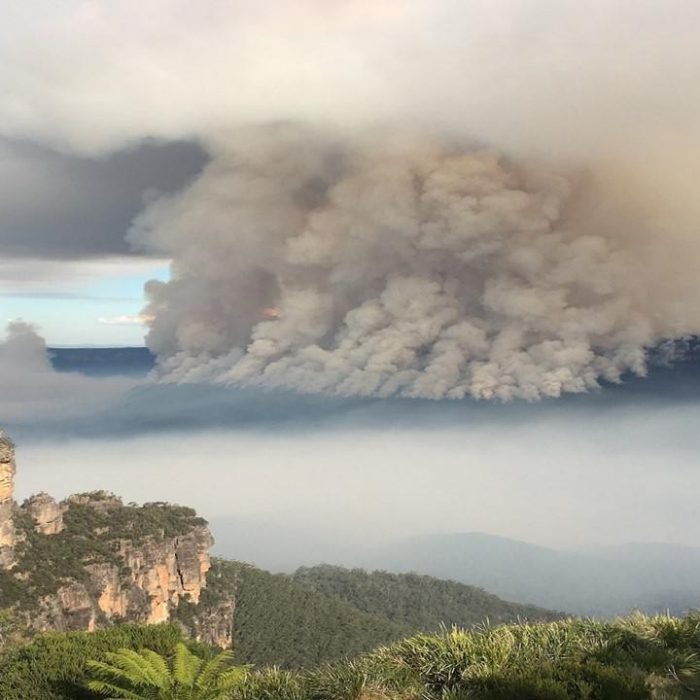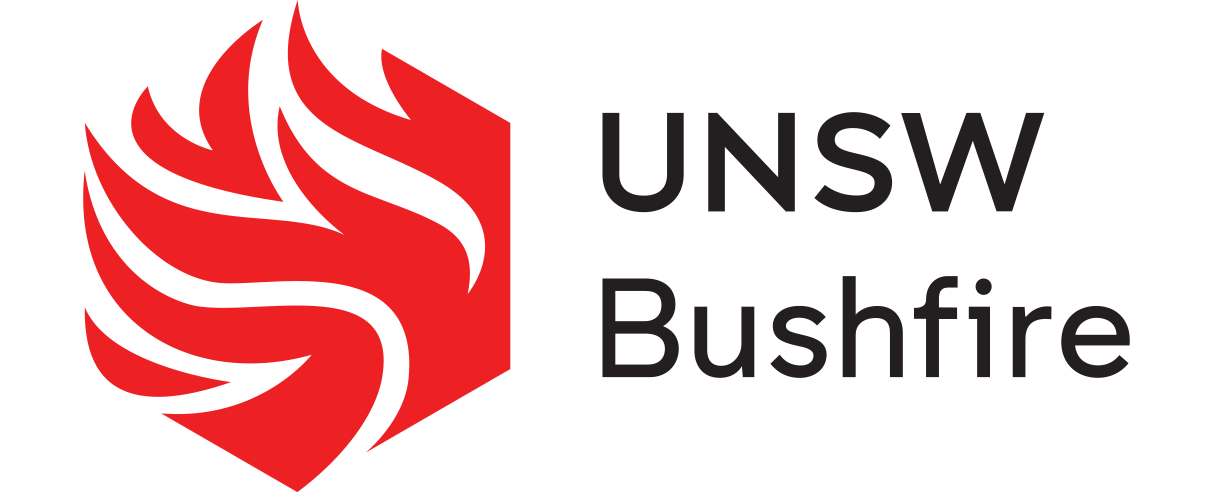Understanding Bushfires

Looking for simplified insights? Our series of short articles take complex and scientific topics and explain them in simple terms. These explainers assist to describe the different areas of our research, including how cold fronts affect bushfire behaviour, what are ember storms, the affects of fuel moisture content on bushfires, as well as pyrocumulonimbus clouds and firestorms, to increase our understanding of Australian bushfires and international wildfires.
What do cold fronts do to bushfires?
World-first research from UNSW Canberra has shown that cold fronts can make bushfires drastically worse – posing a serious concern for future bushfire events.
Researchers studied the impact of cold fronts during the devastating 2019-20 Black Summer bushfires, and found they increased dangerous bushfire conditions and led to bigger and more erratic fires.
But why?
Ember storms explained
UNSW Bushfire is undertaking research that is providing new insights into how embers move and how they interact with urban settings – the areas where there is the greatest risk of loss of life and property.
But what are ember storms, and how can we predict their behaviour?
Fuel moisture content & bushfires
The amount of moisture present in leaves, grasses, twigs and branches is a key factor in determining how severe a bushfire could be.
But how is this measured, and what does it mean for the future?
Coming soon
Understanding firestorms
Pyrocumulonimbus clouds (pyroCbs) explained
Australia experienced almost as many firestorms during the 2019–2020 Black Summer season as it did in the previous 30 years. UNSW Canberra bushfire researchers hope that discovering the answer will ensure that we don’t see a repeat of this devastating bushfire season.
